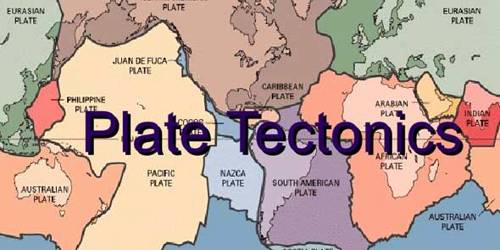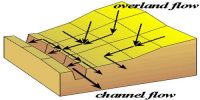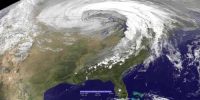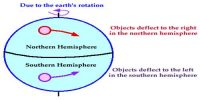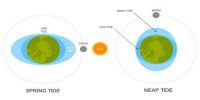The theory suggesting that the earth’s surface is composed of a number of oceanic and continental plates. Driven by convection currents in the mantle, these plates have the ability to slowly move across the earth’s plastic asthenosphere. They are able to move because the Earth’s lithosphere has larger mechanical strength than the underlying asthenosphere.
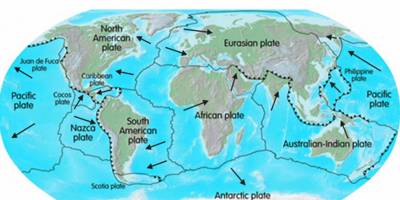
Plate tectonics is the theory that Earth’s external shield is separated into some plates that glide over the layer, the rocky inner layer above the core. The plates act like a solid and inflexible shell compared to Earth’s layer. The perception of plate tectonics was formulated in the 1960s. The lithosphere is wrecked up into what are called tectonic plates, in the case of Earth; there are seven foremost and many slight plates. The lithospheric plates ride on the asthenosphere. These plates move in relation to one another at one of three types of plate boundaries: convergent or collision boundaries, divergent or spreading boundaries, and transform boundaries. According to the theory, Earth has an inflexible external layer, known as the lithosphere, which is usually about 100 km (60 miles) thick and overlies a synthetic (moldable, moderately molten) sheet called the asthenosphere.
